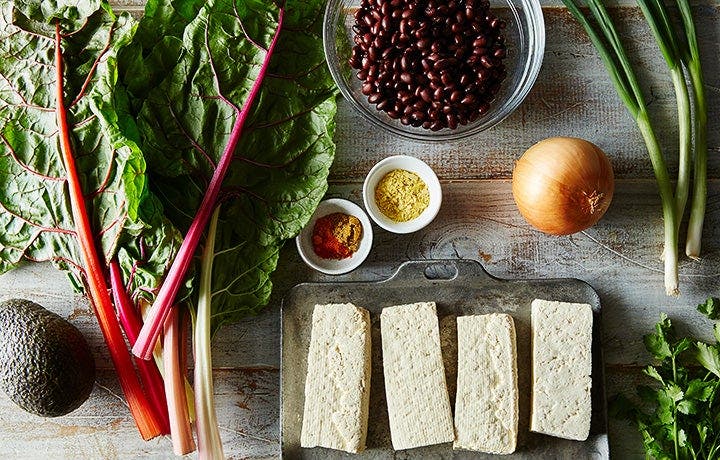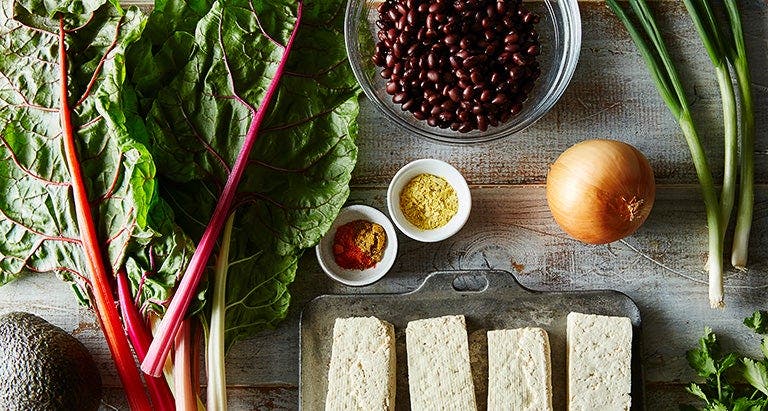ZeroPoint cheat sheet: Beans, legumes, and tofu


Beans and legumes (like chickpeas) are a great source of fiber, vitamins, and minerals. Cook 'em up in a chili, toss them into a salad for a meat-free protein boost, or puree them with garlic and olive oil for a tasty dip.
Tofu is a complete protein, meaning it contains all nine of the essential amino acids necessary for our dietary needs. Fun fact—the firmer the tofu, the higher the protein.
Tempeh contains more fiber and protein than tofu and is made from fermented soy beans.
Are all legumes and forms of tofu ZeroPoint foods?
No, not all. Here are the differences:
- Tofu (plain, all types, cooked or uncooked) ARE a ZeroPoint food.
- Tempeh (plain, cooked or uncooked) ARE a ZeroPoint food.
- Legumes (plain, canned, cooked or uncooked) ARE a ZeroPoint food.
- Hummus/bean spreads made with 100% chickpeas and without oil and tahini ARE ZeroPoint foods.
- All foods that are not specifically tofu or tempeh, made with wheat, pea, quinoa, rice or other protein sources such as seitan, or other meat-like imitations, are NOT ZeroPoint foods.
- All legumes that are dry-roasted or in sauces or marinades, such as dried chickpeas and baked beans, are NOT ZeroPoint foods.
Why are beans and peas ZeroPoint foods?
Healthy eating patterns include a variety of vegetables from all of the five vegetable subgroups—dark green, red and orange, legumes (beans and peas), starchy, and others. Because these foods have more naturally-occurring fiber than other foods, and are filling and nutritious, we want to encourage you to eat them.
RELATED: Most valuable ingredient - canned black beans
Why are chickpeas eaten as a snack not a ZeroPoint food, but when they're part of a recipe, they are?
We want members to be mindful when preparing ZeroPoint foods in ways that increase their energy density (such as roasting to the point of being dried) because eating these foods freely, especially as a crunchy snack, can lead to overeating. It's much less likely that you'll overeat chickpeas as part of a meal, where there are other elements that add to a feeling of satisfaction.
Ultimately, if you decide to eat chickpeas as a snack food without counting SmartPoints values, we recommend you be mindful of how much and how often you're eating them.
RELATED: A dozen things to do with lentils
If I buy canned chickpeas and roast them in the oven until they're dry, are they still a ZeroPoint food?
No. When fruits and vegetables have been dried, their calories increase per ounce. Dried vegetables are also easier to overeat, which is why they're not included as a ZeroPoint food. You’ll find the SmartPoints value of specific dried foods when you search for them in the WeightWatchers® app.
Why is hummus not a ZeroPoint food?
Hummus is not a ZeroPoint food because it’s made with ingredients like olive oil and tahini, which have SmartPoints values.
When making a dip, spread, or mousse with ZeroPoint foods, you only have to track and count the ingredients that have a SmartPoints value. When ZeroPoint foods are in this form, we recommend being especially mindful that you're eating until satisfied and not stuffed, as they may be easier to overeat.
If I use the barcode scanner in the WW app on a packaged meal, like heat-and-serve chili, will it automatically remove the ZeroPoint ingredients?
If the nutritional data is in our database, yes, the SmartPoints value shown will have had the ZeroPoint ingredients removed.
RELATED: 12 surprising ways to use tofu
